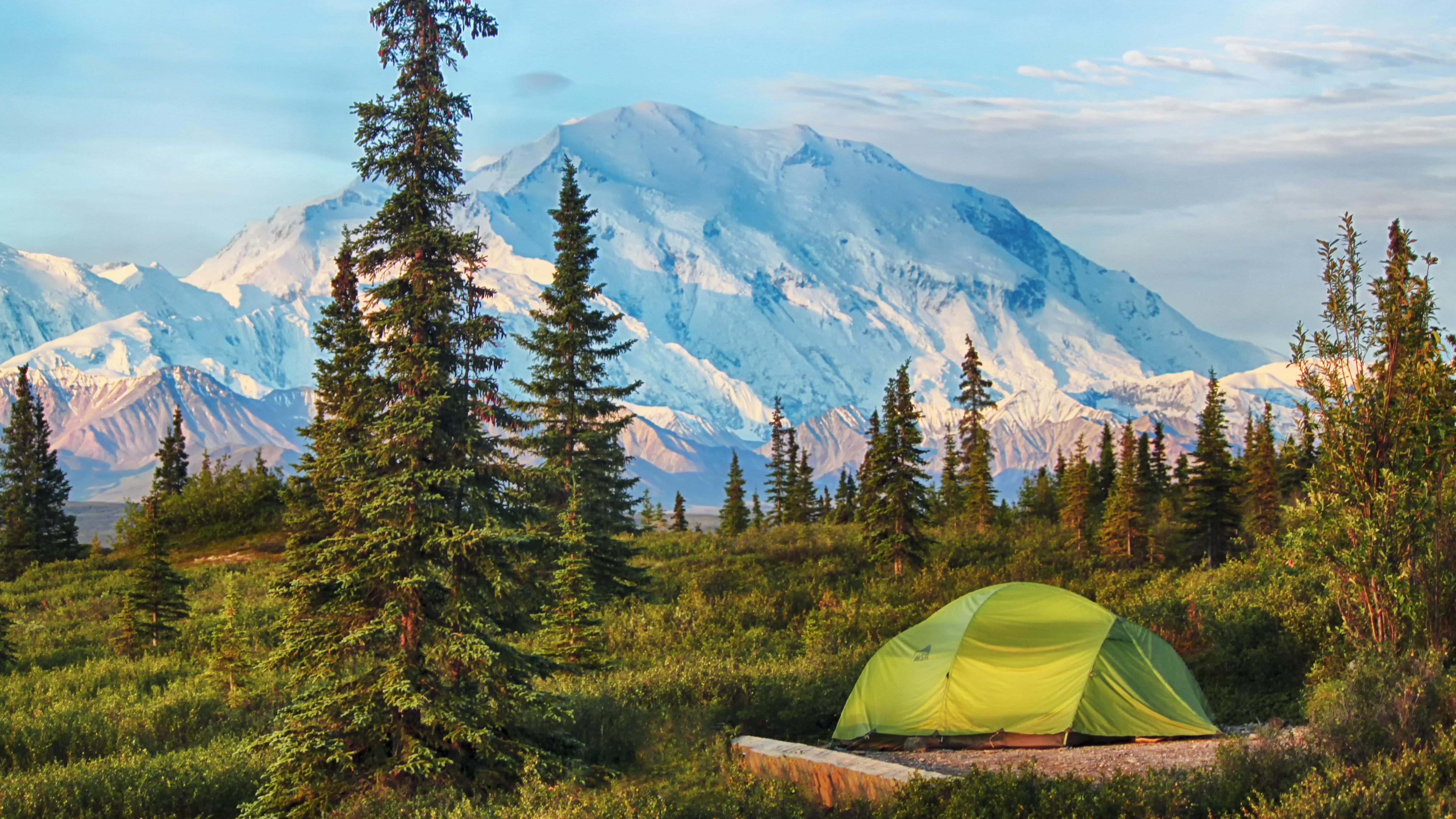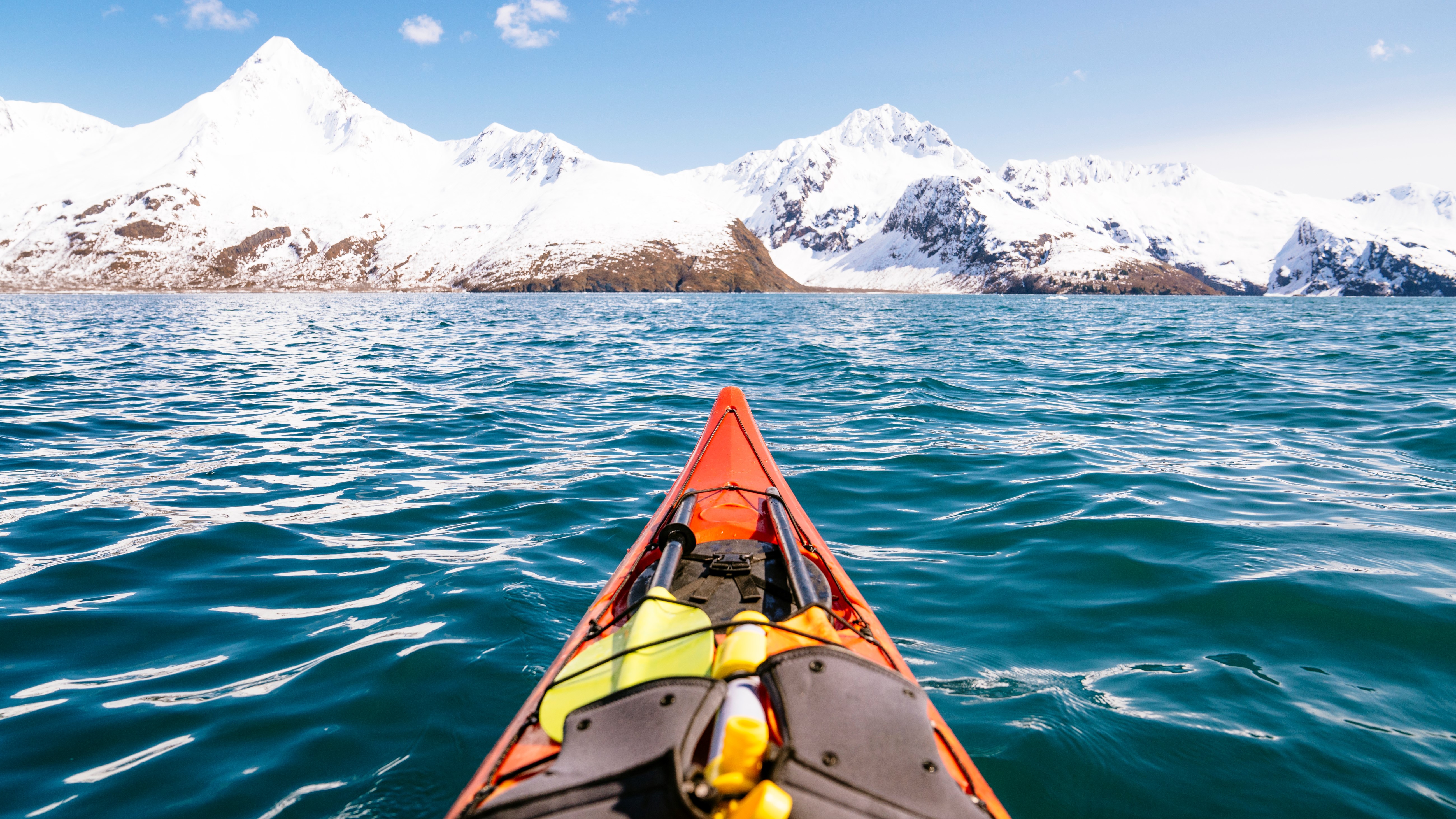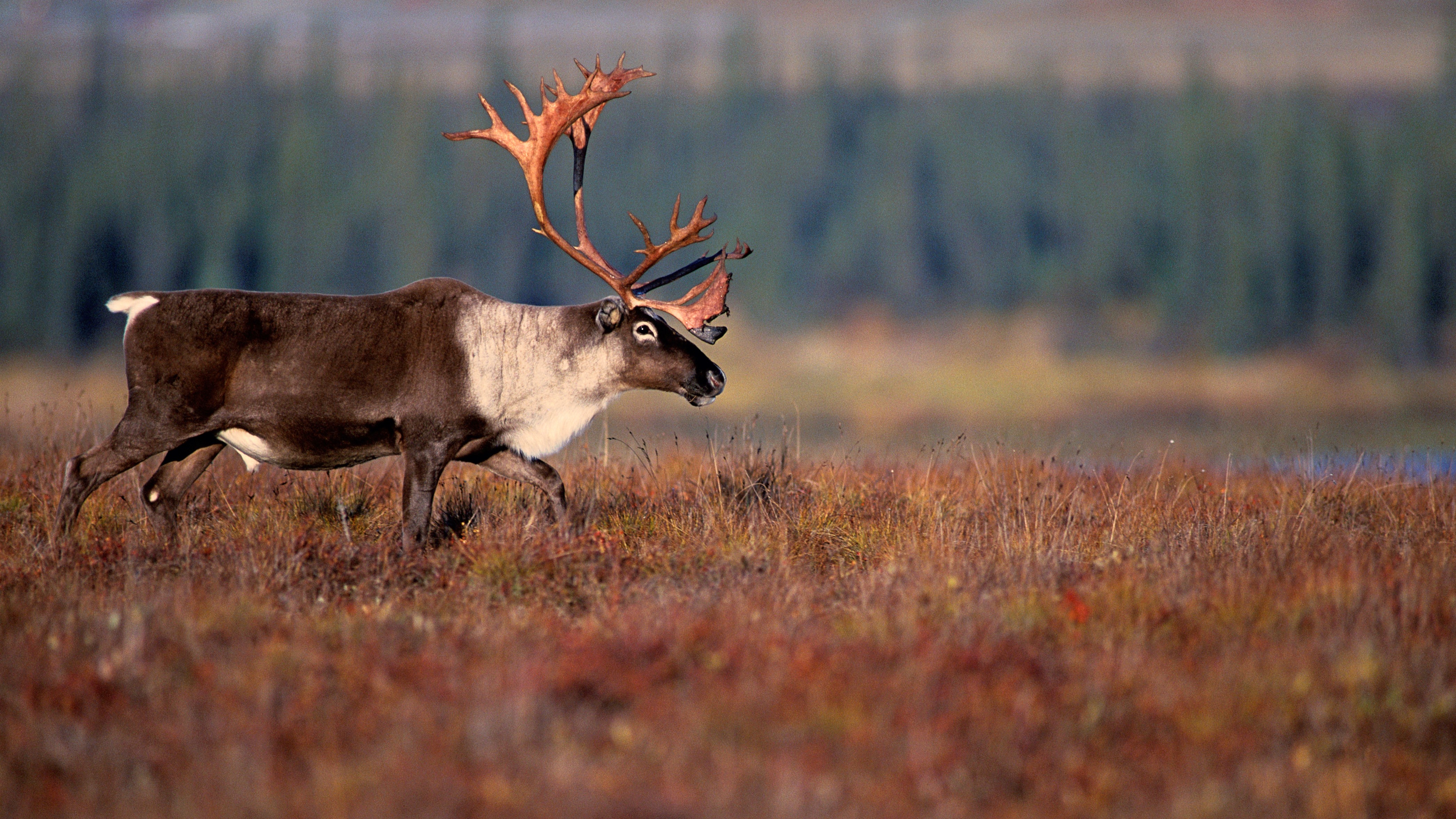Go wild in these 8 Alaska National Parks
Alaska’s eight National Parks showcase the state’s stunning wilderness as well as abundant wildlife viewing opportunities, all without the crowds

America’s National Parks exist to protect areas of natural beauty and ecological significance, and many of them come with lots of modern amenities, such as roads, restrooms and lodging. If you truly want to get wild, you really need to head north, to Alaska, which is home to eight National Parks, surpassed only by California’s nine. Alaska’s National Parks showcase the state’s stunning wilderness – think tundra, volcanoes, glaciers, fjords and snow capped peaks – as well as abundant wildlife viewing opportunities both on land and in the water.
Alaska’s eight National Parks are also stunningly remote – only three can be reached by road – and to explore them on foot you’ll need more than just hiking boots and enthusiasm. Arm yourself with some serious backcountry and wilderness skills to navigate these wild lands, such as what to do if you meet a bear on the trail, or visit them on cruise boats which allow you to view the coastal landscape and magnificent waterways. Despite offering some of the most thrilling adventures in the world, these parks are also some of the least crowded National Parks in the country, so you’re guaranteed to escape the crowds and truly get off the beaten track.
Denali

Denali National Park preserves North America’s highest mountain in addition to six million acres of surrounding wilderness in Alaska’s interior. This park can be reached by road and train as well as small plane and despite being popular for hiking and mountaineering, it doesn’t have a lot of established trails. You can explore some short trails near the park entrance, however, or if you’re experienced in the backcountry, consult a park ranger about taking your adventures off trail which comes highly recommended. The terrain encompasses tundra, glaciers and forests while hiking Denali itself is a two-week expedition.
Gates of the Arctic

Gates of the Arctic in northern Alaska is the country’s least visited National Park with under 3,000 visitors in 2020 and one of the most remote and rugged. The vast park lies entirely north of the Arctic Circle and the landscape there is truly untouched, without even roads or trails to explore the glacier-carved valleys where caribou roam and the sun never sets in summer. Just getting to the park requires commitment as you need to either fly in or hike in. Backpacking here requires strong wilderness skills, stamina and experience as you will be relying on compass readings and topographic maps to navigate and will often be hiking in stream beds and wildlife trails. It will, however, be a once in a lifetime backcountry hiking experience.
Glacier Bay

In southeast Alaska, Glacier Bay is often referred to as a living laboratory, where the constant flux produced by seismic and glacial activity allows scientists to study how physical forces shape biological behavior in real time. The land was explored by John Muir in 1879 and today it is not just a National park but also a National Preserve, UNESCO World Heritage Site and Biosphere Reserve. Glacier Bay encompasses over 3 million acres of land and sea, most of which is in the form of two peninsulas between the Gulf of Alaska and Canada. There are no roads to this park, however, so to get there will take some planning. A ferry leaves from Juneau twice a week, while the most popular way to explore the park is via cruise ships which explore the fjords. If you’re looking to explore on foot, Bartlett Cove is the only developed area in the park with a few forest and beach hiking trails, while an expedition of the park’s tallest peak, Mount Fairweather, is a serious endeavor that typically lasts nearly two weeks.
Lake Clark

Situated in southwest Alaska, Lake Clark is no more easily accessible than Gates of the Arctic, requiring a small plane to reach it. This usually keeps annual visitation below 5,000 which means if you want to explore its smoking volcanoes, stunning coastline and craggy peaks, you’ll have the wilderness to yourself. Lake Clark is home to the world’s largest sockeye salmon fishery as well as the native Dena’ina people and grizzly bears that feed on them. The extensive Tanalian Trail system offers divine wilderness day hiking and backpacking opportunities.
Kenai Fjords

In south central Alaska, Kenai Fjords protects the Harding Icefield, one of the largest in the country, from which some 40 glaciers flow. There is one road into this National Park, which lies about 12 miles from the town of Seward, while water and air taxi are common ways to access the terrain. Boat cruises are the most popular way to explore this park and the only way to get up close and personal with the wealth of coastal fjords and marine life that you’ll find here, however the 8-mile Harding Icefield trail is a breathtaking foot journey you can take here that offers a glimpse into ice ages of the past.
All the latest inspiration, tips and guides to help you plan your next Advnture!
Katmai

When most people think of Katmai, they think of bears and volcanoes. This land is one of the best brown (grizzly) bear viewing areas in the world (and genius behind the now-famous Fat Bear Week) with well over 2,000 bears and some of the highest bear densities ever recorded. Outside of bears, central to this park is the Valley of Ten Thousand Smokes, the scene of a massive volcanic eruption on Novarupta that occurred in 1912. The 60-hour long eruption transformed the landscape of the valley, filling it with ash flow up to 700 feet deep that today has rivers flowing through it. It is also home to five active stratovolcanoes in addition to Novarupta, including the picturesque Mount Katmai that has a lake-filled caldera. You can only access this park by air or boat, and with hundreds of miles of waterways, boating is an excellent way to explore the landscape, however hiking and camping opportunities abound if you have solid backcountry and navigation skills (there are less than five miles of trails here).
Kobuk Valley

About 25 miles north of the Arctic Circle lies Kobuk Valley, which exists in part to protect the Great Kobuk Sand Dunes which cover an area of about 20,000 acres, the largest such dunes in North America. It also protects an important channel through which some half a million caribou migrate annually, and wildlife viewing is one of the main reasons to visit this park. The massive herd's crossing of the Kobuk River is vital to the Inupiaq people's subsistence hunting, and the river is also home to massive sheefish, which grow up to 60lbs and salmon. You can only reach the park by air, boat or foot, and once there you won’t find any infrastructure at all, but if you’re looking for backcountry adventure, fishing and wildlife opportunities, head north.
Wrangell St Elias

Not only does this vast wilderness span over 13 million acres, making it the country’s largest National Park at six times the size of Yellowstone, its landscape rises from the sea all the way up to 18,008ft offering boundless opportunities for adventure. Major peaks, glaciers, rivers, wildlife and coastline abound here, while there is even one active volcano, Mount Wrangell. Unlike some of the other Alaskan Parks on this list, Wrangell St Elias can be reached by road, albeit via a long drive. Once you arrive however, you can find spectacular day hikes in the Nabesna Road area up in the northern section of the Park.
Julia Clarke is a staff writer for Advnture.com and the author of the book Restorative Yoga for Beginners. She loves to explore mountains on foot, bike, skis and belay and then recover on the the yoga mat. Julia graduated with a degree in journalism in 2004 and spent eight years working as a radio presenter in Kansas City, Vermont, Boston and New York City before discovering the joys of the Rocky Mountains. She then detoured west to Colorado and enjoyed 11 years teaching yoga in Vail before returning to her hometown of Glasgow, Scotland in 2020 to focus on family and writing.

